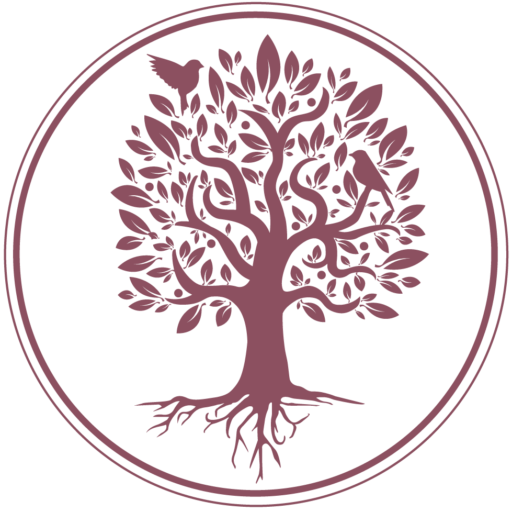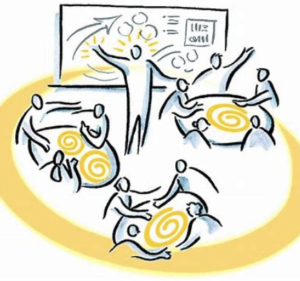01 Sep Nimbleness is an Essential Quality in Effective Facilitation
Facilitation Scenario:
The planning meeting is becoming heated as critical issues surface and key players dig in and clash over ideas. The energy shift is palpable and the breakthrough you were hired to deliver seems to be in jeopardy.
What do you do to break the impasse and cool off the tension??
No matter how thorough the pre-planning and planning process or how focused the power point presentation, these all reflect a hypothetical trajectory, a guide for how we intend events to unfold. However, once the facilitation meeting begins, variables such as context, content, and learning dynamics intersect to shape the experience. This experience, then, reflects the actual trajectory and to ensure effective facilitation, nimbleness is essential.
I conceptualize nimbleness as that artful dance of reading the room, anticipating challenges, striving to meet the needs of diverse learners who possess varying backgrounds, knowledge sets, and learning dispositions, and adaptive problem solving whilst moving the process forward with poise to achieve desired outcomes. No easy feat!
At its core, nimbleness is underpinned by mindful presence, social-emotional literacy, and the facilitator’s own sense of daring. Nimbleness is responsive facilitation.
Let’s revisit the opening scenario, which is not uncommon. During tense moments, I like to conduct a quick mental self-scan to maintain self-composure because panic is never an option (social-emotional literacy); a cool, calm disposition almost always prevails in such moments. As a professional facilitator, I also maintain my focus on what’s happening in front of me rather than worry about my bottom line! Here’s a truism I bear in mind when facilitating and collaborating with others:

By virtue of convening people in a process, one can expect that beliefs, perspectives, and challenges will surface and some clashes will be inevitable. In fact, underpinning beliefs, values, perspectives, and challenges SHOULD surface in order to be interrogated, explored, and to achieve alignment.
Having said that, knowing what to do in those moments of tension, possessing the skill sets to direct traffic, is indispensable and highlights why facilitators are key partners in capacity building initiatives.
Historically, I’ve employed a combination of techniques and approaches to address such situations to shift the dynamics, achieve common ground, and move the process forward. Depending on factors such as what’s actually happening, where in the agenda the issue arises (beginning, middle, or end), and what’s at stake, I might engage in any of the following ways:
- ✓ Use direct communication to name what’s happening and challenge participants to move beyond habitual responses/behaviors—this is the daring, courageous part!
- ✓ Invite participants to breathe (and perhaps invite group/parties to visualize what success might look and sound like to move forward)
- ✓ Take a water/stretch/snack break
- ✓ Remind participants about norms and agreements about good faith engagement
- ✓ Ask the parties involved to describe the other’s point, identify commonality, name the disagreement, and characterize the nature of the disagreement. (This task requires empathy, holding one’s thoughts in abeyance to understand another’s, and tends to afford the parties a novel way of thinking about the disagreement especially if they’re talking at cross purposes. So here, the parties and the organization are learning how to learn and to resolve challenges. The facilitator can then follow-up by reframing the issue and clarifying how it factors into the conversation or proposing a suggestion for how it might be resolved).
- ✓ Retrace discussion journey, highlight the progress made (and perhaps how it was achieved), and then re-position current dilemma.
- ✓ Clarify the issue(s) being addressed, acknowledge the parties’ commitment to organization (issue, cause), recognize the value being offered by parties relative to where they sit, and find/identify common ground (e.g., perhaps there’s agreement about the general approach but disagreement about finer points, which can be hashed out in committees)
This is by no means an exhaustive list of approaches, but as you can see, nimbleness is an essential quality in effective facilitation and is optimized when paired with a robust toolbox. Nimbleness can be the difference maker in re- focusing a highly spirited meeting or pre-empting hard-core challenges from derailing your meeting. (In fact, I strongly recommend that deeply ingrained conflicts and challenges be initially explored as part of the planning process!)
May your meetings be nimble and impactful towards advanced learning, human development, and organizational capacity!
About Glenda M. Francis
Glenda M. Francis is a constructivist educator, professional life coach (ACC, CPC), and organizational development consultant specializing in facilitation and staff and program development. She is the Founder of Audacious Inner Works (AIW) Institute for personal development and resides in Brooklyn, New York.
Contact:
For help planning and facilitating your next important meeting, contact Glenda today for a complimentary consultation.
Email: arise@glendamfrancis.com



No Comments